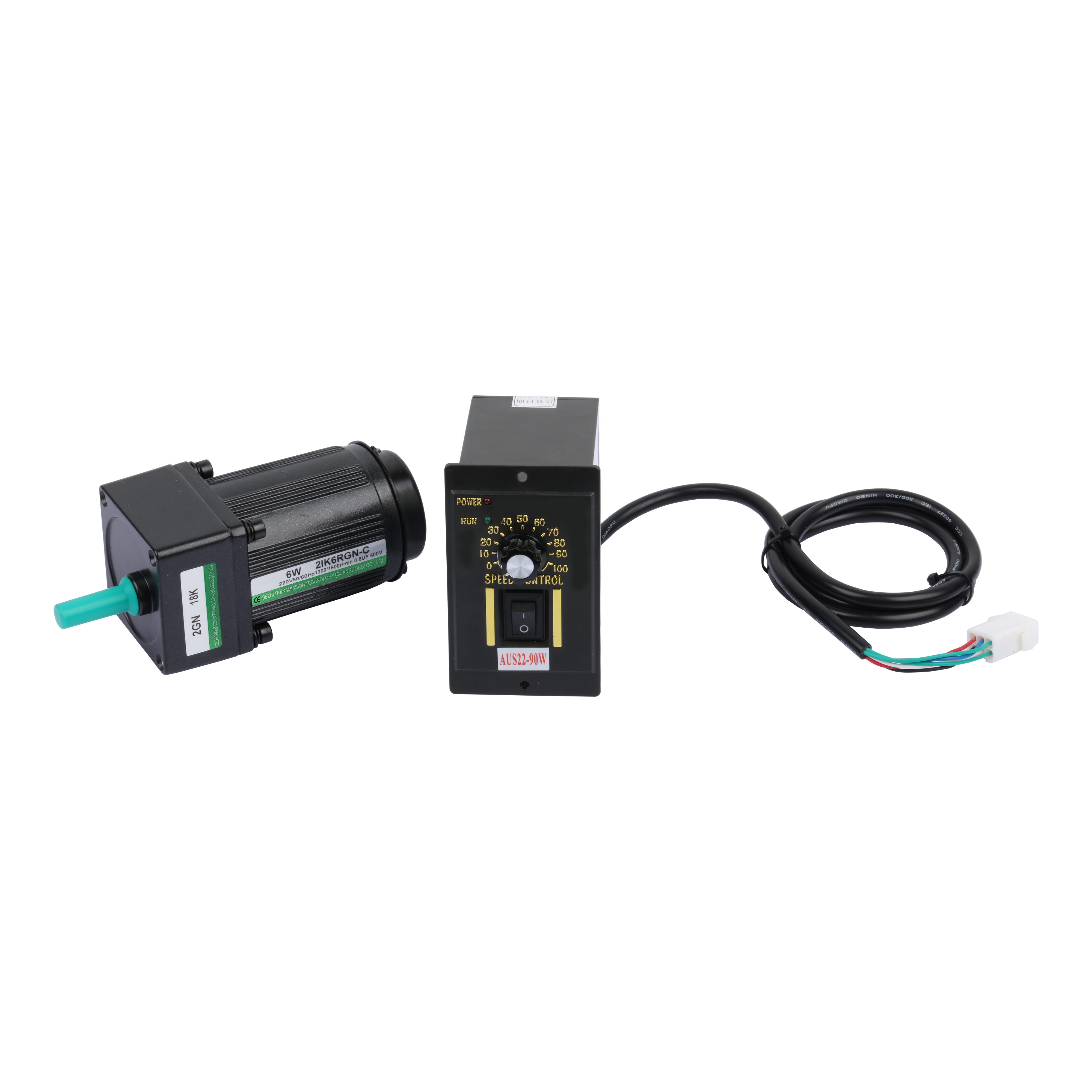Source:Industry News Release time:2022-08-15 Clicks: Popular:Reduction motor manufacturer

Friends who are familiar with geared motors are more or less familiar with the four major series of geared motors, but most users may not know the specific characteristics. Today we will analyze some of their features and functions.
(1) R series reduction motor:
R series is a coaxial helical gear reduction motor; the gear adopts fast magic design, the body adopts helical gear transmission, the working efficiency is higher than other motors, the tooth surface is finely ground, the noise is low, the structure is compact, the design is exquisite, and the installation methods are various. Requires directional combination installation. It has a variety of combination structures to meet the needs of various transmission conditions of users.
(2) F series reduction motor:
The F series is a parallel-axis helical gear reduction motor; in application equipment, in order to operate the driving equipment flexibly and safely, it must not only meet the requirements of safety, reliability, and low noise, but also be installed in a suitable location. For example, stage applications need to control the rotation and raising of curtains, podiums, and stages. The mechanical and electrical products of the stage scenery are cleverly placed in places where the audience cannot perceive them, so as not to cause danger to the actors and stage staff on the stage. In this type of application, especially where space is very limited, the advantages of gear transmission are greater than the more complex and difficult to maintain hydraulic transmission. Because the F series helical gear reduction motor is more convenient to install, operation and maintenance are simpler and more comfortable. Noise is well controlled to an excellent standard.
(3) K series reduction motor:
The K series is a helical gear-right-angle bevel gear reduction motor; it is a shaft output, has a compact structure, large transmission torque, smooth operation, low noise, and long life. Installation method: base installation, flange installation, torque arm installation. Reduction ratio: Basic second-level 4.3-25.3, third-level 28.2-273, the combination is 18509. The basic two-stage input and output rotation directions are the same, and the three-stage input and output rotation directions are opposite; please consult separately when combining. Output mode: hollow shaft output or solid shaft output. Average efficiency: Level 2 96%, Level 3 97%, F/CK average efficiency 85%.
(4) S series reduction motor:
The S series is a helical gear-worm gear motor; shaft output, compact structure, large transmission torque, smooth operation, low noise, and long service life. Installation method: base installation, flange installation, torque arm installation. Reduction ratio: Basic second-level 4.3-25.3, third-level 28.2-273, the combination is 18509. The basic two-stage input and output rotation directions are the same, and the three-stage input and output rotation directions are opposite; please consult separately when combining. Output mode: hollow shaft output or solid shaft output. Average efficiency: Level 2 96%, Level 3 97%, F/CS average efficiency 85%.
Recommended reading
Three-phase stepper motor structural characteristics and technical parameters
Related Information
Brake motor
2020-12-21Planetary reducer
2021-04-15Stepper motor
2020-12-21Planetary reducer
2020-12-21Speed control device
2021-01-13Accessories
2020-12-21CGF-042L2-16-P2
2020-12-21Gear reduction motor
2021-04-17Planetary reducer
2021-04-15Stepper motor
2021-04-14CGXZK042
2021-01-13Speed motor
2020-12-21CGH-090L1-10-P1
2020-12-21Three phase motor
2020-12-21Planetary reducer
2021-04-15Things to note when choosing a stepper motor model
2022-07-15Stepper motor manufacturers introduce the main parameters and characteristics of stepper motors
2022-07-07Analysis of measurement methods for stepper motor speed changes
2022-07-14High and low temperature (vacuum) stepper motor
2022-03-02What is a hard tooth surface reduction motor?
2022-09-20What are the characteristics of stepper motors?
2022-07-04How to measure the speed of linear reduction motor?
2022-06-18Precautions for assembly of reducer
2022-09-27Application advantages and characteristics of linear screw stepper motors
2022-06-06Application and development trend of stepper motors in CNC systems
2022-09-15Geared motors are popular in the field of green environmental protection
2022-08-11Applications of brushless DC motors
2022-05-31Daily maintenance of disc planetary reducer
2022-10-08What are the main uses of reduction motors?
2022-07-25Reasons and solutions for stalling of reduction motors
2022-08-01